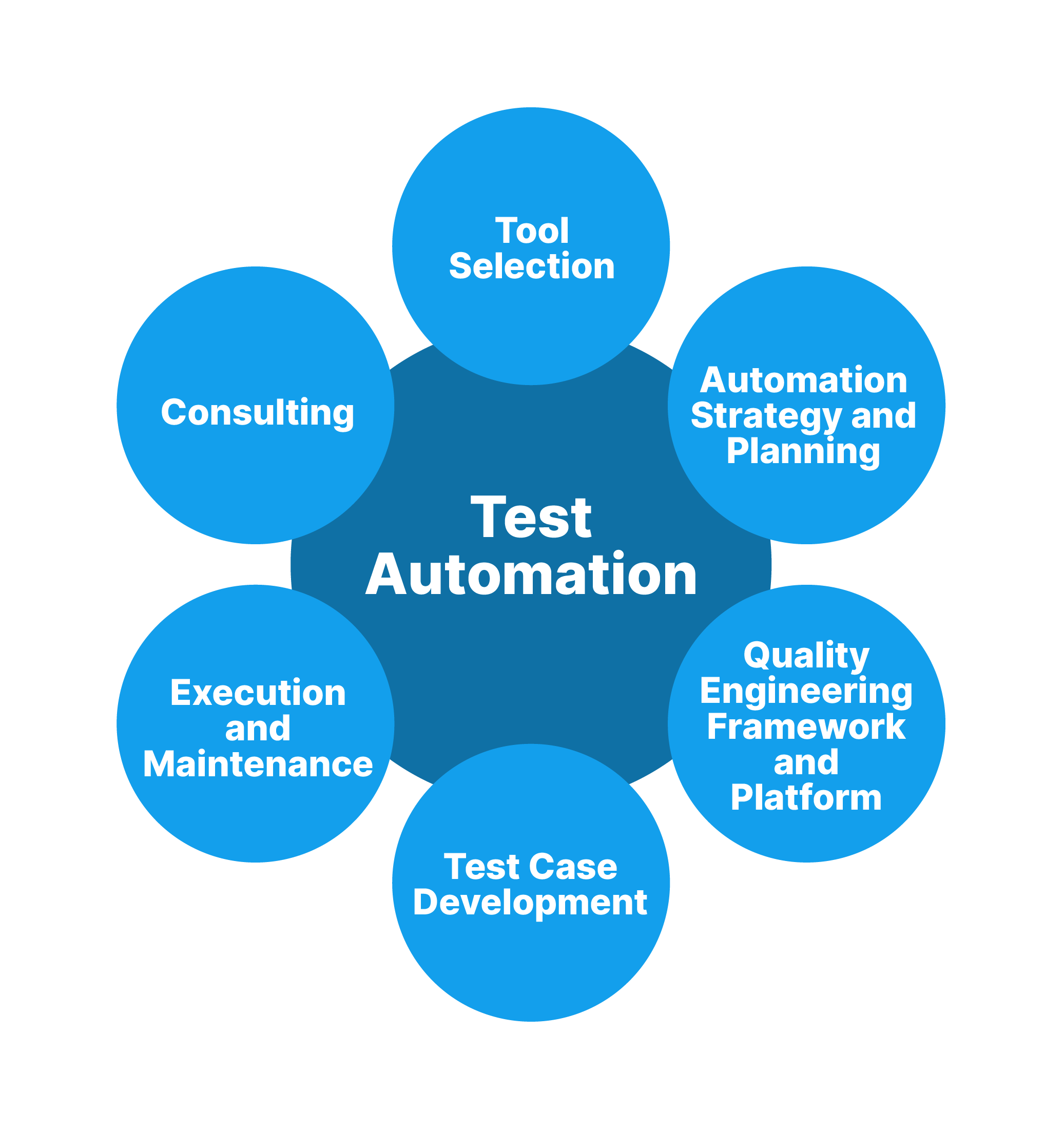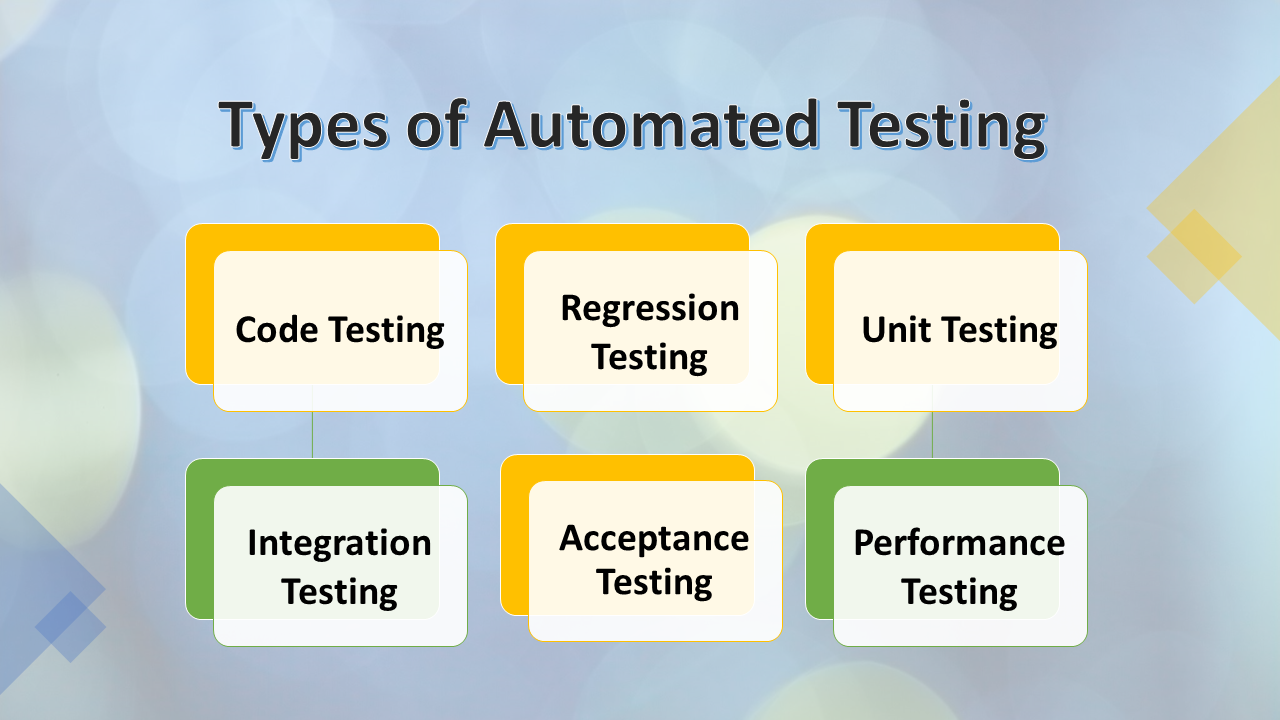The Best Overview to Implementing Automation Testing Successfully
The Best Overview to Implementing Automation Testing Successfully
Blog Article
From Handbook to Automated Screening: A Comprehensive Guide to Transitioning Smoothly and Successfully
In the world of software program testing, the shift from guidebook to automated procedures has ended up being a progressively important transition for organizations looking for to boost effectiveness and precision in their screening methods. As innovation continues to advancement, the need for seamless and reliable automated screening techniques has never been extra pressing. The trip from handbook to automated testing is not without its challenges, but when come close to tactically and with a clear plan in mind, the benefits can be significant - automation testing. In this detailed guide, we will certainly check out key actions and considerations essential for an effective shift, from the initial option of tools to the integration of automation right into existing workflows. Keep tuned to discover the understandings that will aid lead the way for a smoother and a lot more effective screening process.
Benefits of Automated Evaluating
Automated testing provides many benefits, boosting performance and accuracy in software development processes. Automated tests can be run concurrently on several gadgets and running systems, drastically speeding up the testing phase compared to manual testing.
In addition, automated screening ensures a greater degree of precision in detecting defects. Since automated tests follow predefined manuscripts, human mistake is decreased, leading to even more trusted examination outcomes. Consistency in testing is also improved, as automated examinations implement the exact same steps precisely each time they are run. This uniformity is crucial in ensuring that all capabilities of the software program are completely checked, decreasing the likelihood of undetected insects slipping through to manufacturing.
Choosing the Right Tools

First of all, evaluate your objectives and needs. Recognize the range of your project, the technologies involved, and the ability collection of your team. This analysis will certainly aid you figure out the functions and abilities you call for in your screening tools.
Secondly, take into consideration the compatibility of the devices with your existing systems and processes. Smooth combination with your present software growth lifecycle is important to make sure a smooth transition to automation.
In addition, review the scalability and versatility of the tools. As your screening needs advance, the devices ought to have the ability to adjust and accommodate changes properly.
Finally, factor in the assistance and community around the devices. Robust assistance and an active customer neighborhood can provide valuable sources and support when implementing automated screening. By carefully thinking about these aspects, you can choose the right devices that align with your needs and established the stage for an effective change to automated testing.
Writing Efficient Examination Scripts

When crafting test scripts, it is vital to consider the details demands of the software program being evaluated and make certain that the scripts resolve all crucial capabilities. Detailed and clear naming conventions for examination scripts and examination instances can enhance readability and maintainability. In addition, incorporating error handling devices within the test scripts can assist in recognizing and dealing with problems without delay.
Furthermore, organizing examination manuscripts into modular elements can enhance reusability and scalability, lowering redundancy link and enhancing effectiveness in examination manuscript maintenance. Regular evaluations and updates to examine manuscripts are important to equal evolving software demands and performances. By adhering to these concepts, testers can develop efficient and robust test scripts that contribute substantially to the success of automated screening procedures.
Integrating Automation Into Workflows
By seamlessly incorporating automated testing tools like Selenium or Appium right into the software application development lifecycle, teams can achieve faster comments on code changes, leading to quicker insect detection and resolution. This combination allows for constant screening throughout the development procedure, ensuring that any type of issues are determined early on, resulting in greater software top quality. Proper combination of automation devices requires partnership in between development, screening, and procedures teams to establish a unified operations that optimizes effectiveness and performance in delivering high-grade software products.
Making Sure a Smooth Change
Successfully transitioning to automated testing entails meticulous planning and cautious implementation to make best use of and minimize interruptions performance in the software development process - automation see this testing. To make sure a smooth change, it is necessary to begin by performing an extensive evaluation of the present screening procedures and recognizing areas where automation can bring the most considerable advantages. Involving with all stakeholders beforehand while doing so, including developers, testers, and project managers, is essential for gathering assistance and buy-in for the automation effort
Communication is crucial during this shift phase. Clear communication of the goals, advantages, and assumptions of automated screening assists to handle any resistance or issues that may arise. Additionally, giving ample training and sources for team participants to upskill in automation devices and methods is vital for ensuring a successful change.

Final Thought
Finally, transitioning from manual to automated screening uses various advantages, including increased performance and dependability. By choosing the appropriate tools, writing efficient examination manuscripts, and integrating automation flawlessly into process, companies can guarantee a smooth and successful shift. It is necessary to welcome automation as an important asset in software program screening procedures to improve overall quality and productivity.
In the realm of software application screening, the shift from handbook to automated procedures has come to be a significantly vital shift for organizations seeking to improve efficiency and precision in their testing methods. Automated examinations can be run simultaneously on several tools and operating systems, significantly speeding up the screening phase compared to hands-on testing. Consistency in screening is additionally boosted, as automated examinations perform the same steps precisely each time they are run.To make certain the effective implementation of picked testing devices, the development of effective examination manuscripts plays an essential role in verifying the functionality and efficiency of automated processes - automation testing. By complying with these principles, testers can produce robust and effective test scripts that add substantially to the success of automated screening processes
Report this page